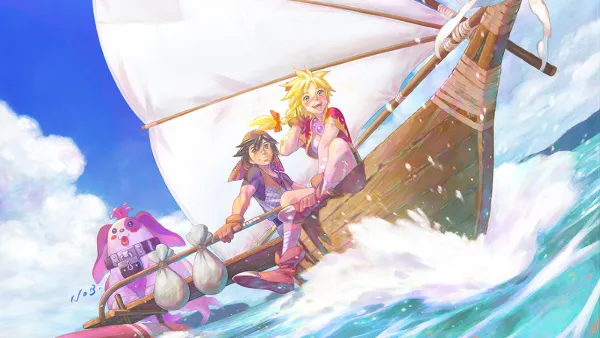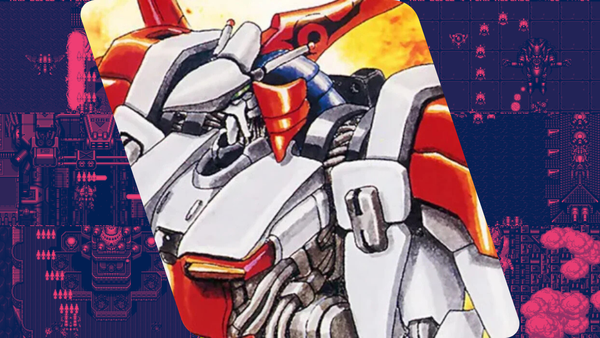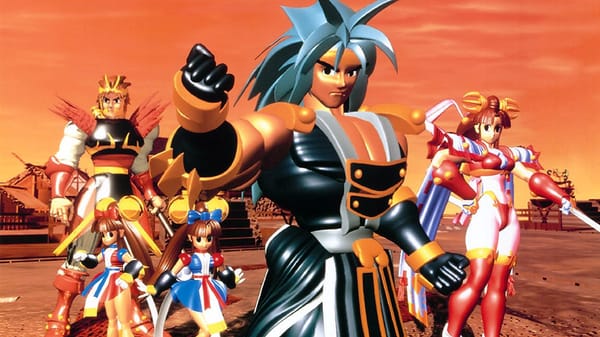Kirby's Dream Land 3 | Almost a Classic
It's good, but.......
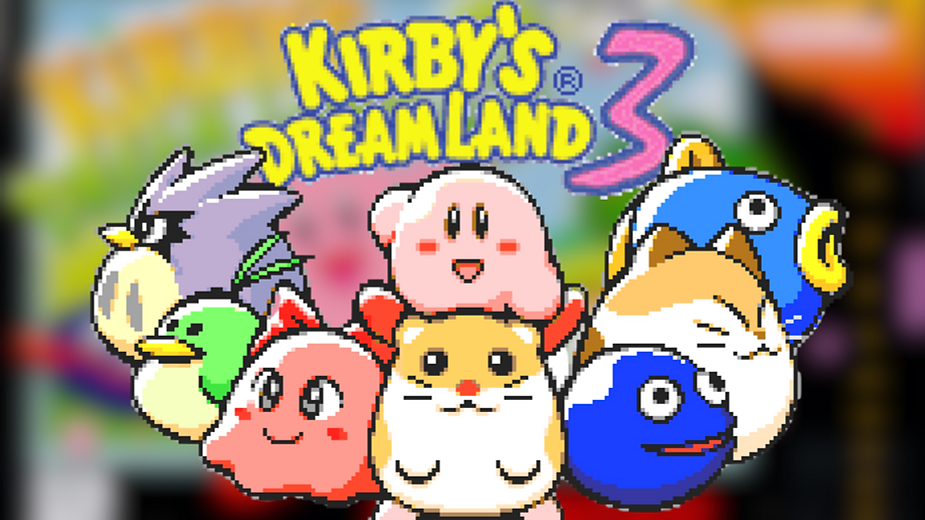
With any long-running game series, you're bound to come across one or two games that fly under everyone's radar and fade into obscurity. Such is the case with Kirby's Dream Land 3, which was released in 1997 for the Super Nintendo Entertainment System as a direct follow-up to Kirby's Dream Land 2. It's no wonder why nobody remembers this game—it came out one year after the N64's release. By the time this game was released, everyone had ditched their SNES in favor of the PS1, N64, or Saturn.
I've been binging a lot of Kirby this year, and have finally made my way to this game. I've been playing the series very out of order, starting with the original Kirby's Dream Land. While there were parts of this game that I really enjoyed, I found quite a few parts that weren't so enjoyable.
Positives
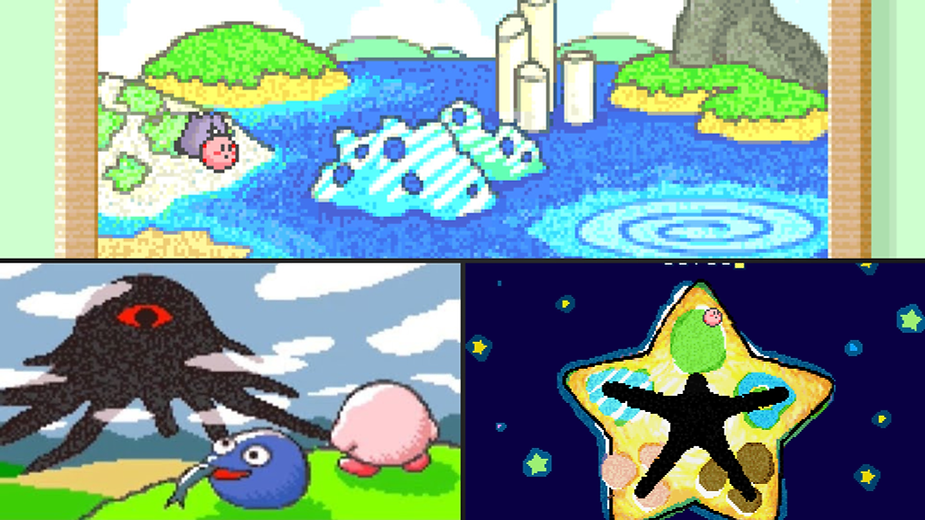
One of the defining features of this game is the wonderful art style. Kirby's Dream Land 3 uses a style called "pseudo high-resolution", which allows for color blending between adjacent pixels. By utilizing this style, this game is able to achieve its hand-drawn, pastel-like visuals that are an absolute treat on the eyes. You'll see lots of parallax scrolling in the background and the foreground as you run along, inhaling countless enemies. You can definitely tell that they went all-out with this game and pushed the SNES to its limits.
Kirby's Animal Friends from Dream Land 2 are back, and they're better than ever! Returning are Rick the Hamster, Coo the Owl, and Kine the Ocean sunfish. Brand new to the game are Nago the Calico cat, Pitch the Bird, and ChuChu the Octopus. Each one has a radically different playstyle and unique variations of Kirby's copy abilities. At certain points in each level, you can take one of the Animal Friends with you to get through the level in different ways, adding a surprising amount of replayability to the game.
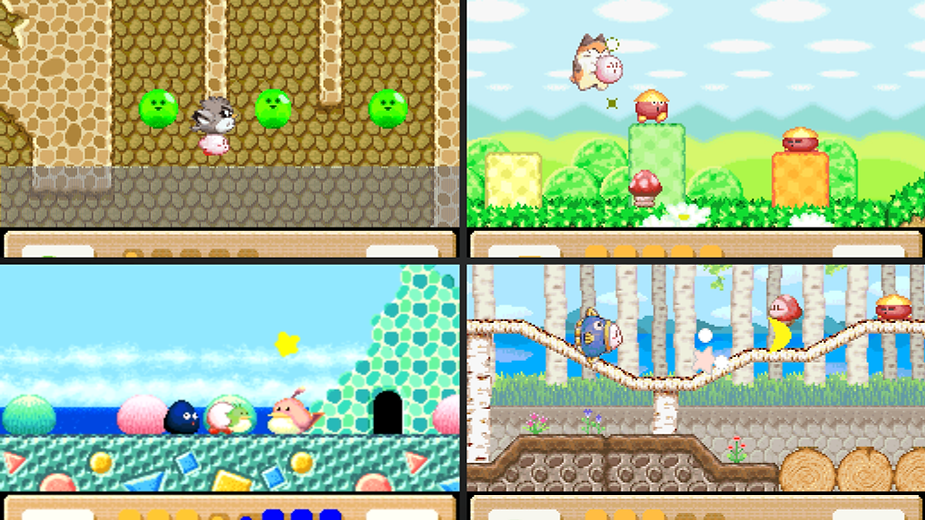
Returning from Super Star is co-operative multiplayer! At any time, you can press a button and whip-out Kirby's friend, Gooey, who is controlled by player 2. Gooey plays similarly to Kirby, using his long tongue to grab enemies and either copy their ability or spit them out. Playing co-op will split Kirby's hit points in half, giving half to Gooey. You can inhale Gooey at any time to reclaim those hit points.
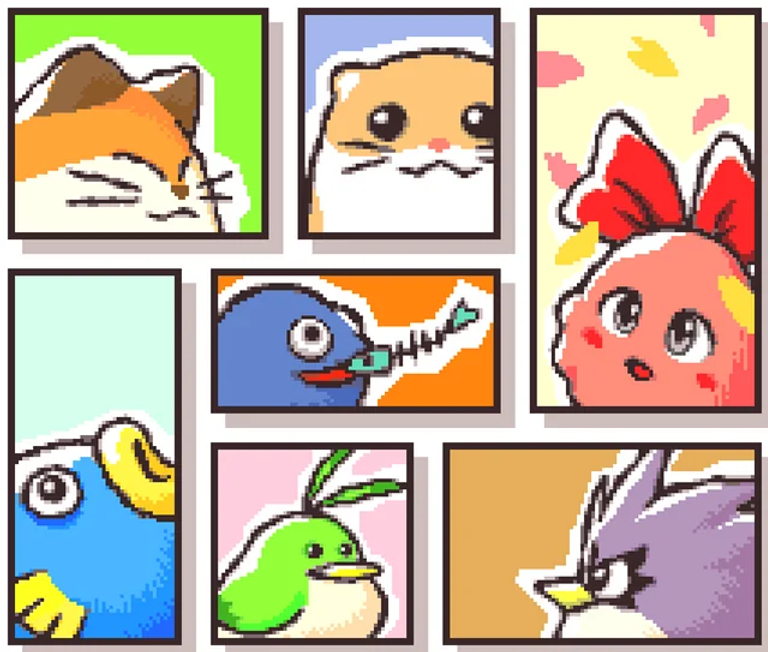
The soundtrack to Dream Land 3 is a lot like any other Kirby game's soundtrack; it's upbeat, cheerful, and downright infectious. Songs like Ripple Field 1 and Sand Canyon 3 are going to be stuck in my head for years to come. Each and every track feels playful and inviting, perfectly complimenting the crayon-drawn aesthetic of the game.
Negatives
The first issue that I have with this game is how stiff and slow the gameplay can feel. Compared to Super Star (released one year prior to this game) which feels slick and fast, Dream Land 3 feels as slow as molasses. Some stages even have a slight amount of slowdown, further amplifying how slow it can feel at times.
Each stage contains a Heart Star—an optional collectible that can only be obtained by completing a task of some sort. By obtaining every single Heart Star, you can challenge the true final boss of the game. The tasks range from memory games, reuniting an animal friend with their friend, or not stepping on a certain type of flower. Some are pretty easy to identify and complete. But some are so confusing and convoluted that you'll likely mess it up your first time around, requiring more playthroughs of certain levels in order to finally complete that task. Getting every single heart star became a nightmare, and I respect anyone who has gotten them all.
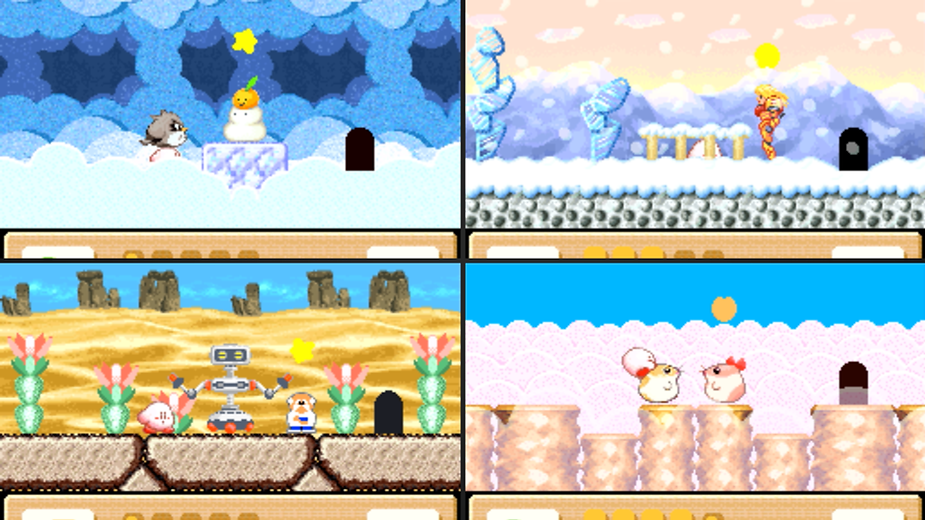
The game also feels way too easy. I know Kirby games aren't meant to be challenging, but Super Star at least put up a fight with some bosses. Dream Land 3 felt like it wasn't even trying. I could roll up to any boss with the bomb ability and just spam bombs until they die and move on. Coupled with the massive amount of hit points Kirby has, this game was a breeze.
Overall
Kirby's Dream Land 3 has some awesome ideas and an amazing art style that really hooked me. However the lack of any difficulty at all, the incredibly slow pace, and the anticlimactic final battle (because the true final boss is a gigantic pain in the ass to unlock) put a humongous damper on any fun that I had with this game. I'm still really glad that I saw this game through to the (non 100%) end, because I really enjoy the amount of variety in each stage—in terms of both stage design and the animal friends.
If you're going to play Kirby on the SNES, you're much better off playing Super Star. Or even Dream Course.
Until next time. PEACE OUT.
Thanks for reading ScabStack! Subscribe for free to receive new posts and support my work.

